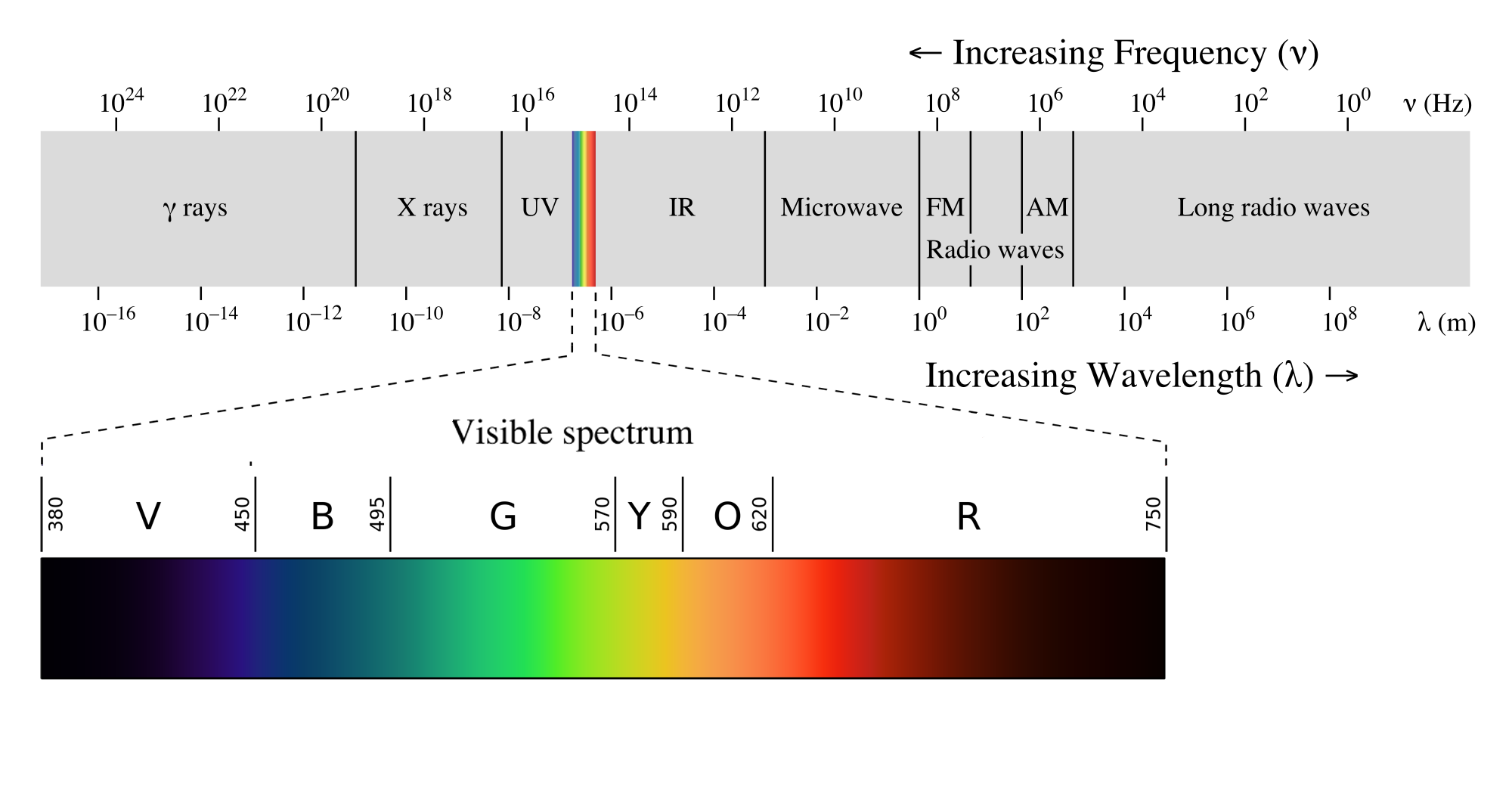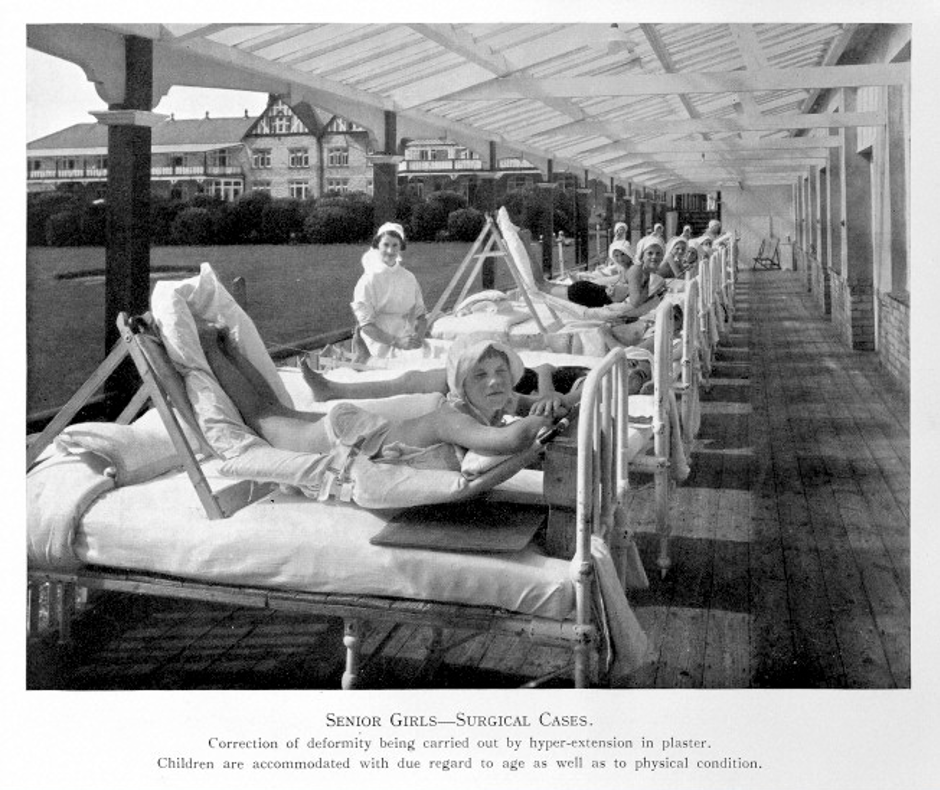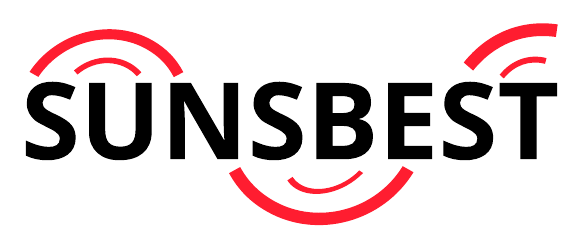It’s not visible, but it’s there, and it’s essential for the health of our planet and everyone living on it: infrared and near-infrared light. Over half of all sunlight is invisible, though it certainly serves a purpose. Despite being invisible, this part of sunlight has a positive impact on the health of everything and everyone it touches.
You already have experience with invisible light because you’re familiar with its effect, such as the warmth of the sun or an infrared lamp. I’ve rarely felt as warm as in an infrared sauna. In addition to infrared light, there is another type of light called near-infrared light. It is a healing form of light that is barely warm or not warm at all, and we actually don’t fully utilise it.
American physician Roger Seheult noticed that our exposure to near-infrared light (NIR) has drastically decreased over the past few hundred years. We now spend only 7 percent of our time outdoors, where NIR can reach us. Not ideal, he says, referring to an interesting 2019 review compiled by, among others, American melatonin expert Professor Russell Reiter.

Near Infrared Light creates an ‘anti-oxidant reservoir’
The review argues that one of the reasons NIR is so important is because it plays a crucial role in the production of melatonin in cells. While the pineal gland produces melatonin at night to help us sleep, during the day, even larger amounts are produced in our cells, specifically in their powerhouses, the mitochondria. These mitochondria produce over 95% of the melatonin in our bodies, thus creating an “antioxidant reservoir,” as described by the reviewers. This reservoir is necessary in the fight against free radicals in our cells. Free radicals are byproducts of energy production and need to be properly eliminated. Melatonin helps with this process, provided it is present in sufficient quantities, which can be achieved through adequate NIR exposure.
The ability of the body to create an antioxidant reservoir is just one of the positive effects of sufficient NIR. Seheult also states that NIR improves blood circulation, increases oxygen levels, and has a beneficial impact on nitric oxide. He then explains, based on research on a specific light frequency, 670 nanometers, that this NIR frequency has a positive effect on smooth muscle cells, which are important for blood vessel contraction. Smooth muscle cells are often in poor condition in people with cardiovascular diseases or diabetes. NIR could be beneficial for everyone, but especially for them, if available in sufficient quantities. Professor Reiter, mentioned earlier, states that after two weeks of using a light panel with that specific light frequency, melatonin levels increased, sleep improved, and sports performance significantly increased.
The influence of near-infrared light on the brain
Most red-light panels are designed to emit half invisible NIR. It’s no coincidence that such a large portion of the surface of these panels is reserved for the invisible, less spectacular near-infrared light, also represented as NIR. Red light is highly valuable when it comes to the skin, the body’s exterior. Think, for example, of skin rejuvenation through collagen production or faster wound healing. NIR is equally important but has the ability to penetrate deeper. That’s why Sunsbest panels contain not only red light but also near-infrared light, with three different frequencies in addition to the two red light frequencies. Seheult states that near-infrared light has been shown to penetrate up to eight centimeters into the body. How about the brain and the skull? Depending on the intensity of the light, it can penetrate into the skull and even reach about four centimeters into the brain. Could this mean something for Parkinson’s disease, a well-known brain disorder?

Parkinson’s disease is specifically mentioned by Russian scientist Tiina Karu in an article questioning whether red light therapy should become part of treatments for sick people. Karu cites examples showing the positive outcomes of NIR treatment for people with Parkinson’s. She also describes how stem cells are treated with NIR, specifically with a frequency of 810 nm, and how they remarkably perform well in people with heart problems. The same frequency also has another valuable effect: it leads to accelerated recovery from peripheral nerve system damage, which refers to the part of the nervous system outside the central nervous system. Dr. Karu is not just anyone. She is the scientist who first determined which enzyme, located in the cell’s powerhouses, the mitochondria, can receive red and near-infrared light. This reception helps the mitochondria, along with oxygen, to produce energy more efficiently. Energy is essential for cells to perform their functions properly. The enzyme identified by Karu has the unappealing but widely used name cytochrome c oxidase. Karu also discovered that the effects of light continue to work in the body for a long time. Valuable knowledge for anyone using a red-light panel: thanks to Karu, we know that even after the light goes out, its efficacy continues for hours, days, or even weeks.
The Sun as a Healer: Heliotherapy
The healing properties of sunlight were recognised in ancient Egypt and India. Even not too long ago, sunlight was an integral part of disease treatment. It gained popularity during and after World War I and was known as heliotherapy, named after Helios, the Greek sun god. The popularity of this therapy owed much to a forward-thinking physician who was awarded the Nobel Prize in Medicine.
As early as 1896, Dr. Niels Finsen founded the Medical Light Institute in Copenhagen. The Lancet, a medical journal, notes that Finsen, in his early years, did not have to attend school due to his limited abilities and suffered from “a complete lack of energy.” His own condition set him on a path of research that is described in an article in the journal Medical History from the University of Cambridge, which discusses sunlight therapy. The work of Finsen and later Swiss physician Dr. Oskar Bernhard demonstrated the benefits of sunlight in the fight against tuberculosis. Finsen’s idea stemmed from the remarkably rapid success achieved by treating an open wound that refused to close by exposing it to sunlight, inspired by a local practice known as “Bindenfleisch,” drying meat in open air.


Building upon the work of Bernhard and Finsen was Swiss physician Dr. Auguste Rollier (1874-1954), who popularised sunbathing, preferably with the morning light between 6 and 9 a.m., in his thirty-six clinics and beyond. Despite its success, enthusiasm for heliotherapy was overshadowed by a growing fear of the sun, which still persists to this day. An example of this outdated but still prevalent paradigm is the 2022 decision by Health Minister Ernst Kuipers to remove vitamin D3 from the basic health insurance package despite its low cost. Against the limited appreciation for sunlight and vitamin D3, new knowledge has emerged, although it has not yet fully permeated mainstream science. However, you can already read about it in my e-book, “The Super Vitamins.”
Heliotherapy, sufficient vitamin D3, and daily exposure to the best of the sun through red light therapy are valuable contributions to a healthy life. Humans are perfectly adapted to receiving water, air, and light. While obtaining reasonably clean water and air is often achievable, adequate exposure to the health-promoting frequencies that provide red and near-infrared light is still lacking in the lives of many people, with all the consequences that accompany it. Take good care of your body and mind and provide your cells with what they need to function optimally. Red and near-infrared light are crucial in this regard.
